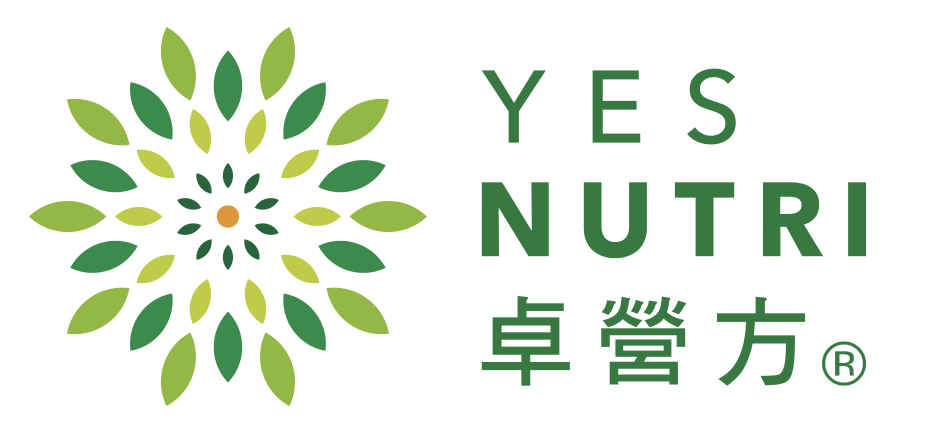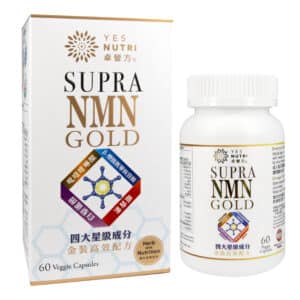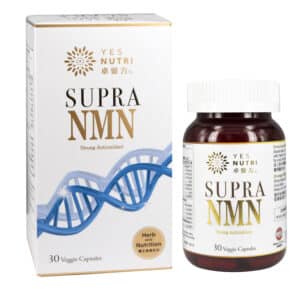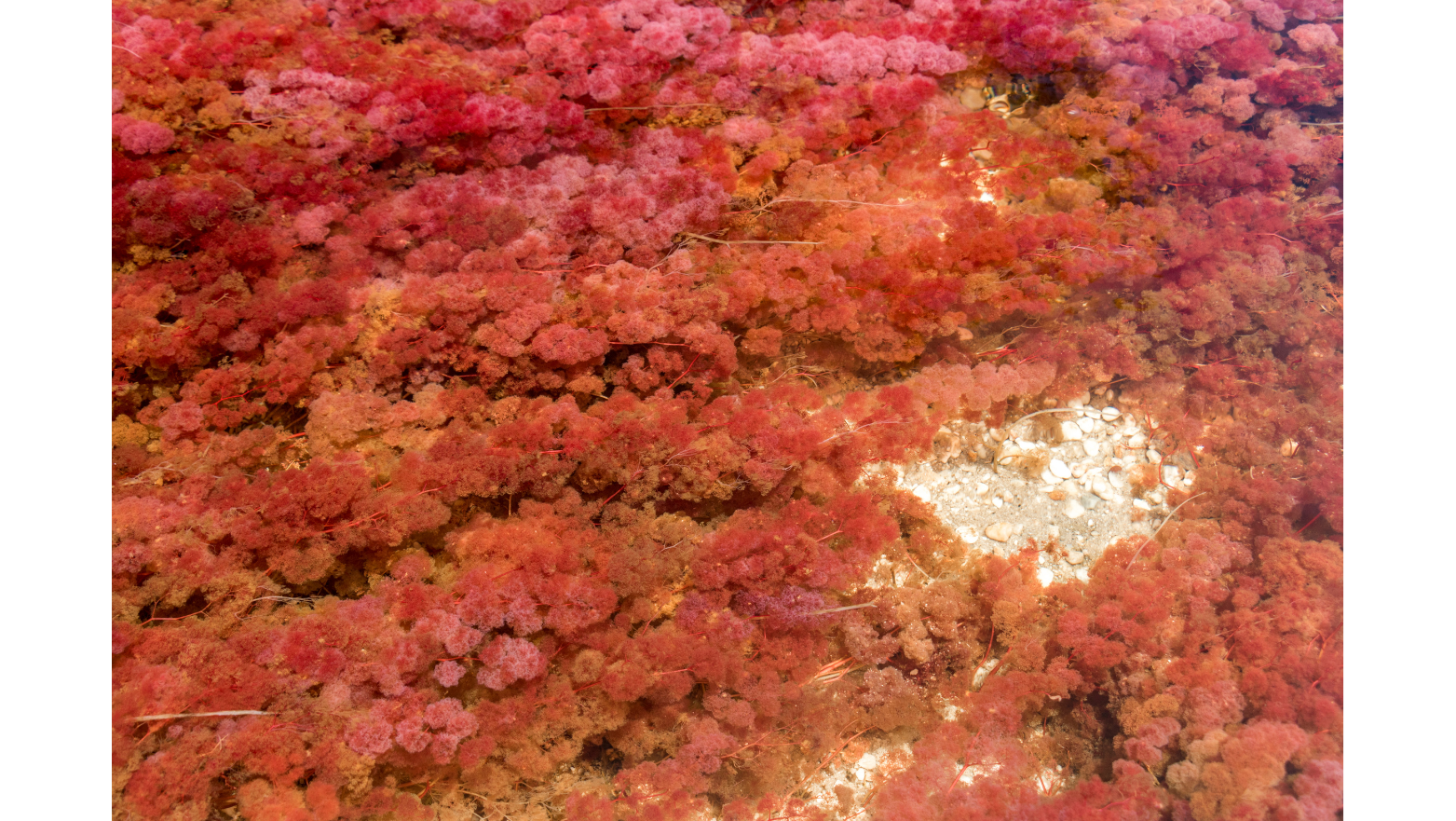Astaxanthin is a naturally occurring red carotenoid. It was first discovered in lobsters by a German chemist in 1938. Astaxanthin is not exclusive to shrimp but is also found in various marine organisms such as crabs, salmon, etc., which acquire the pigment by consuming algae, resulting in their red coloration. As algae are the primary producers in food chains, astaxanthin could accumulates and is stored in the exoskeleton or muscles of marine organisms.
Astaxanthin is mainly extracted from Haematococcus pluvialis, a species of green microalgae. Haematococcus pluvialis initially is green in color, and astaxanthin is produced by the microalgae as a self-protective measure against ultraviolet radiation and other environmental stressors. Prolonged exposure to sunlight increases the generation of free radicals, which can damage retinal and skin cells in the human body, causing skin aging and the formation of freckles. Astaxanthin exhibits strong antioxidant properties, being ten times more potent than other carotenoids such as lutein and β-carotene. Its unique molecular structure enables it to effectively scavenge free radicals, thus protecting cells from harm.
With the widespread of modern technology, the prevalence of using electronic devices has increased, leading to excessive eye strain and potential impacts on vision. A special feature of astaxanthin is its ability to cross the blood-brain barrier and the retinal barrier, directly providing protection to the brain and the eyes, thereby maintaining normal brain function and promoting eye health while delaying aging.
Benefits of Astaxanthin:
- Acts as a strong antioxidant
- Promotes skin health
- Protects brain and cardiovascular health
- Maintains eye health and delay aging
Related Product: YesNutri Supra NMN Gold、YesNutri SUPRA NMN、YesNutri Strong Antioxidant Astaxanthin




